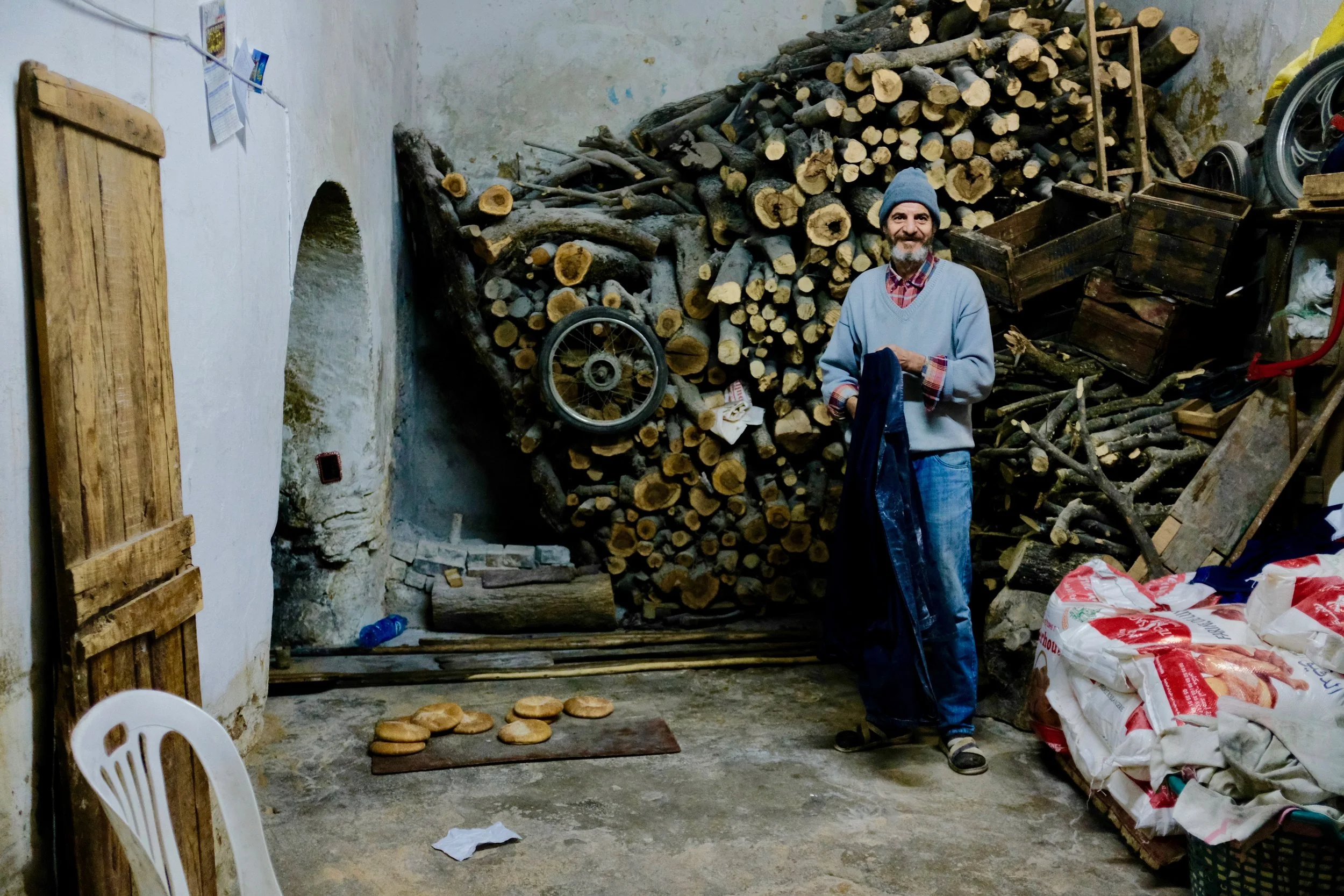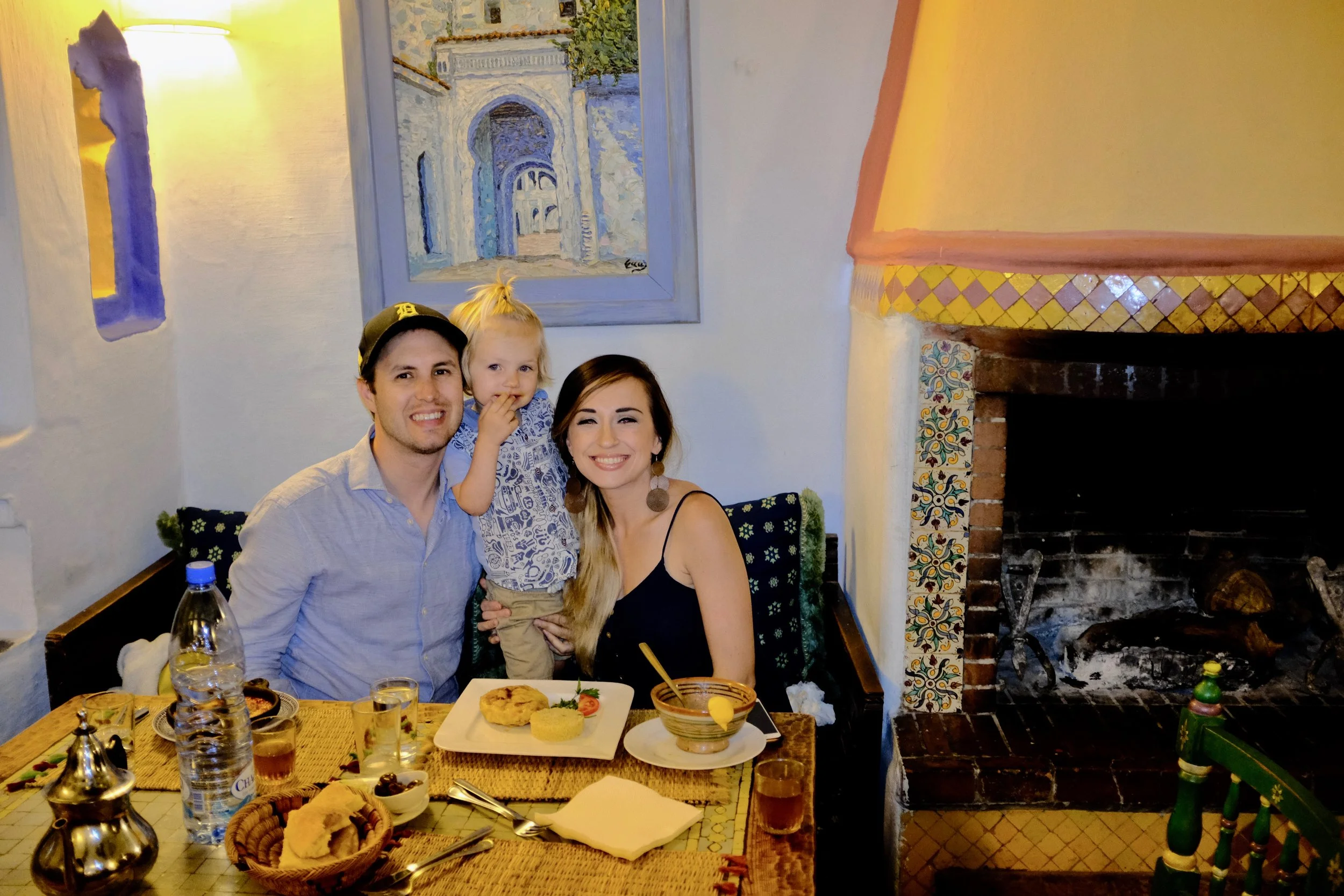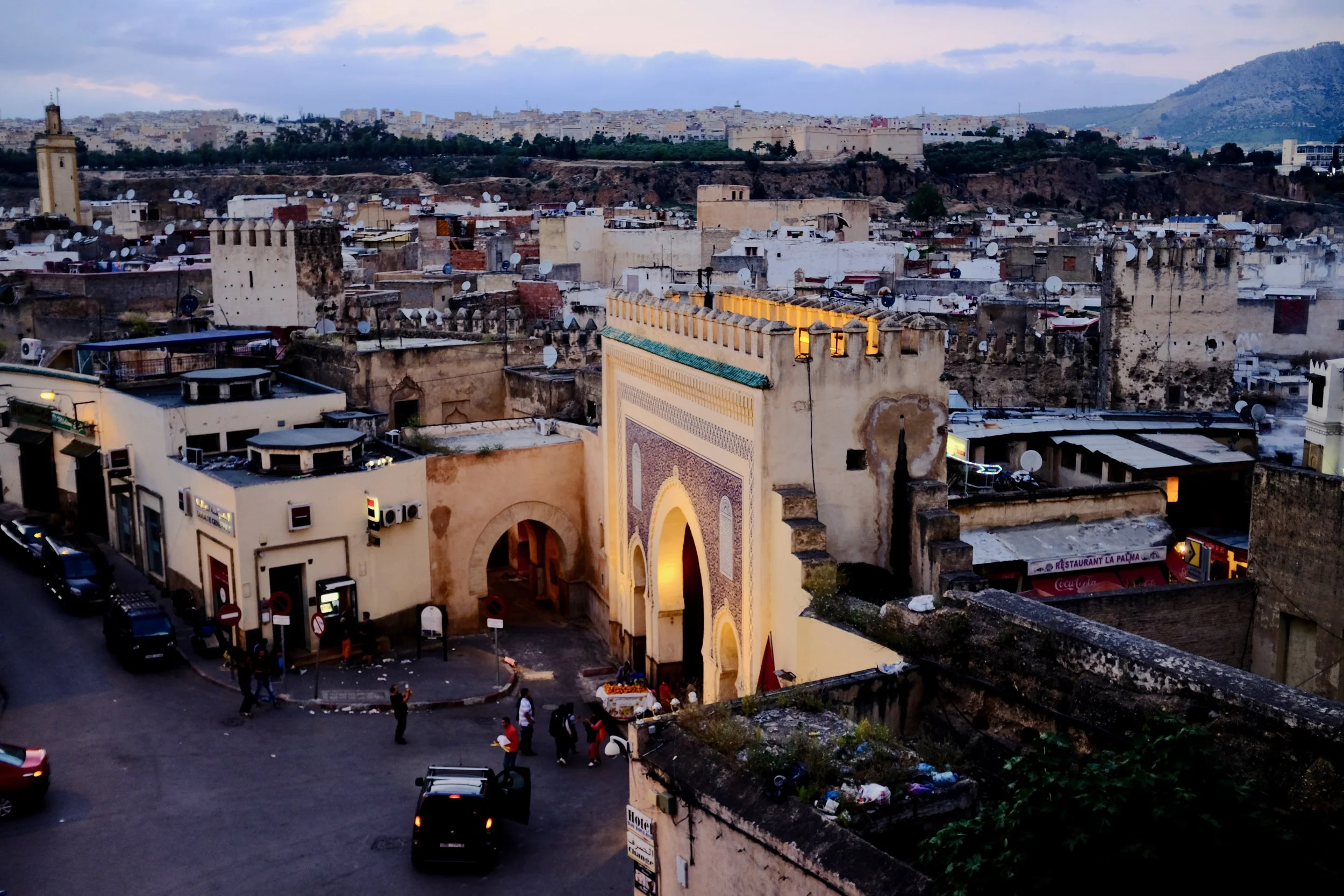Communal Ovens in Morocco – Baking Bread As a Community
I have always grown up with an oven in my home. I can’t imagine my home not having an oven. I use my oven almost daily, mostly for roasting vegetables or making cookies. My oven has just always been there, and I’ve never thought twice about it. Spoiled I know. What is normal to one person might be a luxury to someone else.
In Morocco, it is a little different. The majority of homes don’t have their own ovens, even within the homes of the richer families. It just isn’t something that they prioritize or that is normal in their culture to own. They don’t use ovens like Americans use ovens. Their dinner is most often cooked in a tajine over a fire. When it comes to baked goods like bread or cookies that can’t be cooked in a tajine, they use the communal oven within their city.
What is a Communal Oven?
A communal oven is an oven that the community members share and use together. In Morocco, using a communal oven to bake your bread and other baked goods is the norm. The ovens are ran by workers whose primary job is to bake the edible goods of the community in the large oven, the majority of which is bread. Even the very few families that do have their own ovens in their homes usually prefer to use the communal ovens over their home oven. Why? It saves them time, saves them money in fuel, and also helps them avoid heating up their homes in the dead of summer. Also, many Moroccans prefer the wood fired taste to their bread and tend to stick with the tradition of their childhood even as their homes become more and more updated and westernized.
Moroccan pastries getting ready to be baked in a communal oven in Chefchaouen, Morocco.
How Does a Communal Oven Work?
Home cooks and restaurant cooks alike prepare their bread dough and get it ready to be baked. When it is ready, they walk it over to their local communal oven. We saw people many times walking through the medina carrying large trays of bread dough or shaped pastry dough above their heads. They give their dough to the men working the communal ovens to be baked. The bread is baked by expert bakers in a deep and large brick-lined oven heated by olive wood. The bakers have done this for years as it most likely has been part of the family business that has been passed on for generations. Then, the bread is prepared for pickup. Often times it is the job of the children to pick up the bread from the communal ovens, pay the bakers the 1 dirham which is about 27 cents in USD, and bring the warm bread back home. Moroccan children are given a lot of responsibility and independence from a young age. The bakers keep track of whose dough is whose by separating it out throughout the oven. It’s amazing how they are able to keep everything straight. Some families put a specific indented mark on top of their bread dough to help the bakers remember that it is theirs. They use a long wooden paddle to easily move different items in and out of the oven.
Bread from Moulay Idriss, Morocco.
The Culture of Communal Ovens
Some say the tradition of communal ovens brings the communities of Morocco together. People work as a team to accomplish the task of baking food to feed the entire community. Moroccans are forced to be friendly with their neighbors. Everyone is in the know of who is baking what and what is happening among other families and within their households. It is telling to the communal oven baker when a certain household is celebrating a special occasion because they bring an extraordinary treat into the communal oven to be baked. It is evident when a certain family is having guests coming into town because they are making a larger quantity of bread than on a normal week. It brings a sense of unity and connection that other communities maybe don’t possess that keep more to themselves. But on the other hand, I’m sure with that connection also comes less privacy, more gossip, and more drama, than is wanted at times. I can only imagine.
Bread from Chefchaouen, Morocco.
So Much Bread!
The Moroccans love their bread. When we visited, we were given bread at every meal. It is a staple in the Moroccans’ diet. It is also very cheap to make and an easy way to feed a lot of mouths for a small amount of money. You definitely won’t go hungry when visiting Morocco. Even if you aren’t a fan of the Moroccan cuisine, you’ve always got bread to eat everywhere you turn. The Moroccan bread isn’t my favorite bread that I’ve ever tried, but it is consistent and goes well with other Moroccan foods like meat and veggies cooked in a tajine.
Some of the bread from the communal ovens goes back to the families who made the dough and brought it to be baked. Some of the bread comes from restaurant workers and is brought back to the restaurants to feed the guests and tourists. As you walk through any Moroccan medina, you’ll see bread being sold everywhere you look along the streets. So of course some of the bread is sold to local markets and shop owners who sell the bread to passerby’s and people out doing their weekly shopping. I love how through the baking and eating of bread, strangers become friends, neighbors help neighbors. and a community is formed.
A variety of different Moroccan bread products being sold at a market in the medina of Fez, Morocco.
If you have any questions or comments that you’d like to share, please leave me a message in the comment box below! Thanks for reading!









